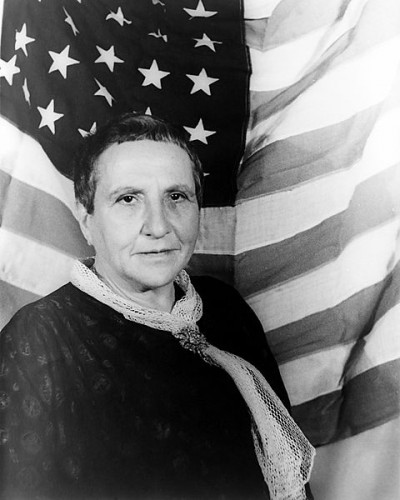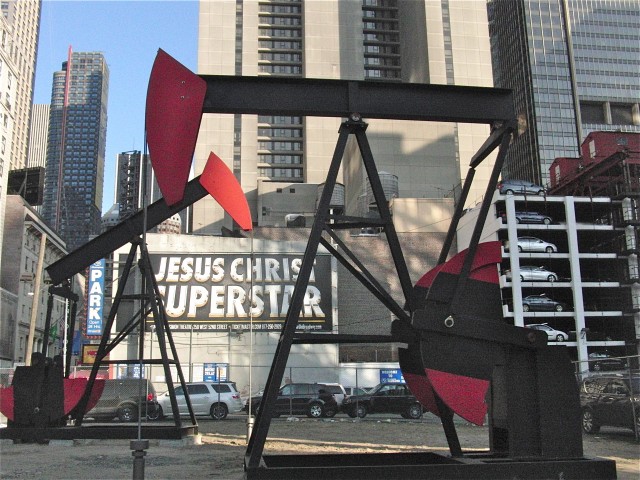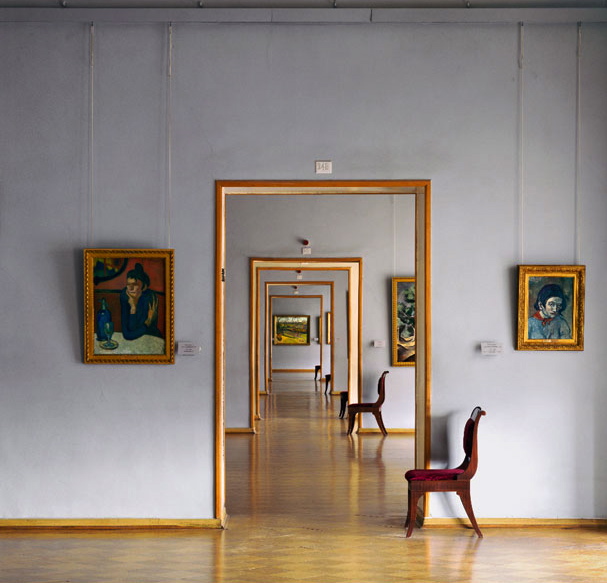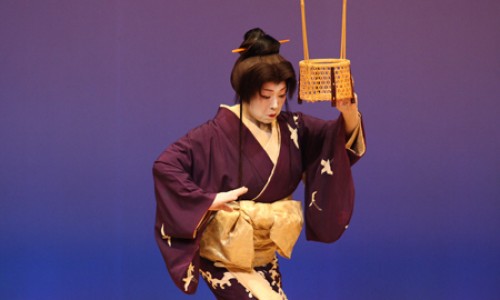
Gerhard Richter, “Townscape PL,” oil on canvas, 1970 (The Ronald S. Lauder Collection, New York / © Gerhard Richter)
SELECTIONS FROM THE 3rd CENTURY BC TO THE 20th CENTURY/GERMANY, AUSTRIA, AND FRANCE
Neue Galerie
1048 Fifth Ave. at 86th St.
Monday, April 2, $20, 11:00 am – 6:00 pm
212-628-6200
www.neuegalerie.org
In November 2001, Ronald S. Lauder opened the Neue Galerie, a wonderful museum on 86th St. that specializes in German and Austrian art. Over the last ten years, the institution has staged shows featuring the work of such artists as Egon Schiele, Max Beckmann, Alfred Kubin, Gustav Klimt, Oskar Kokoschka, Paul Klee, Otto Dix, Christian Schad, and even Vincent van Gogh. In celebration of its first decade, the Neue Galerie is displaying “The Ronald S. Lauder Collection: Selections from the 3rd Century BC to the 20th Century,” which concludes its five and a half month run today. “My absolute love for and dedication to collecting art has been one of the guiding passions of my life,” Lauder, the son of Estée Lauder and Joseph Lauder, explains on the exhibition website. The well-curated and smartly hung show, which features grouped tags with thumbnail images, has sections dedicated to works by Pablo Picasso, Constantin Brancusi, Henri Matisse, Georges Seurat, Paul Cézanne, Gerhard Richter, and Vasily Kandinsky in addition to pieces by Sigmar Polke, Anselm Kiefer, Franz Marc, Joseph Beuys, and all the above-mentioned artists. There is also a room dedicated to Lauder’s extensive collection of arms and armor and medieval religious relics, and there is ornate furniture and clocks throughout. Like the Frick here in New York and Sir John Soane’s Museum in London, this exhibition offers an intriguing look inside the mind of one of the world’s major art collectors, in this case a man with extremely wide-ranging tastes who has been amassing his collection since he was in his teens.




 Citizen Kane is the best-made film we have ever had the pleasure to watch — again and again and again — and it is even more brilliant on the big screen. A young, brash, determined Orson Welles created a masterpiece unlike anything seen before or since — a beautifully woven complex narrative with a stunning visual style (compliments of director of photography Gregg Toland) and a fabulous cast of veterans from his Mercury radio days, including Everett Sloane, Joseph Cotten, Ray Collins, Paul Stewart, and Agnes Moorehead. Each moment in the film is unforgettable, not a word or shot out of place as Welles details the rise and fall of a self-obsessed media mogul. The film is prophetic in many ways; at one point Kane utters, “The news goes on for twenty-four hours a day,” foreseeing today’s 24/7 news overload. And it doesn’t matter if you’ve never seen it and you know what Rosebud refers to; the film is about a whole lot more than just that minor mystery. Like every film Welles made, Citizen Kane was fraught with controversy, not the least of which was a very unhappy William Randolph Hearst seeking to destroy the negative of a film he thought ridiculed him. Kane won only one Oscar, for writing — which also resulted in controversy when Herman J. Mankiewicz claimed that he was the primary scribe, not Welles. The film lost the Oscar for Best Picture to John Ford’s How Green Was My Valley, but it has topped nearly every greatest-films-of-all-time list ever since. Citizen Kane will be screening March 30 at 9:30 as part of the Rubin Museum series “You Must Remember This,” focusing on memory in conjunction with its current
Citizen Kane is the best-made film we have ever had the pleasure to watch — again and again and again — and it is even more brilliant on the big screen. A young, brash, determined Orson Welles created a masterpiece unlike anything seen before or since — a beautifully woven complex narrative with a stunning visual style (compliments of director of photography Gregg Toland) and a fabulous cast of veterans from his Mercury radio days, including Everett Sloane, Joseph Cotten, Ray Collins, Paul Stewart, and Agnes Moorehead. Each moment in the film is unforgettable, not a word or shot out of place as Welles details the rise and fall of a self-obsessed media mogul. The film is prophetic in many ways; at one point Kane utters, “The news goes on for twenty-four hours a day,” foreseeing today’s 24/7 news overload. And it doesn’t matter if you’ve never seen it and you know what Rosebud refers to; the film is about a whole lot more than just that minor mystery. Like every film Welles made, Citizen Kane was fraught with controversy, not the least of which was a very unhappy William Randolph Hearst seeking to destroy the negative of a film he thought ridiculed him. Kane won only one Oscar, for writing — which also resulted in controversy when Herman J. Mankiewicz claimed that he was the primary scribe, not Welles. The film lost the Oscar for Best Picture to John Ford’s How Green Was My Valley, but it has topped nearly every greatest-films-of-all-time list ever since. Citizen Kane will be screening March 30 at 9:30 as part of the Rubin Museum series “You Must Remember This,” focusing on memory in conjunction with its current 
